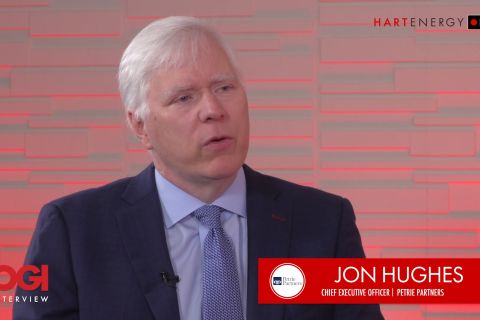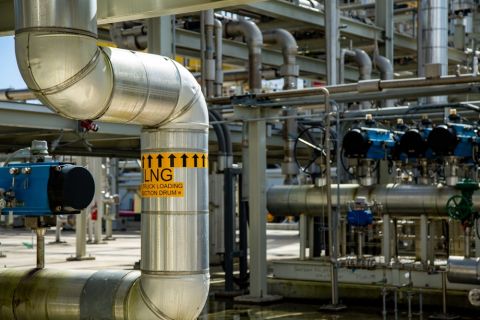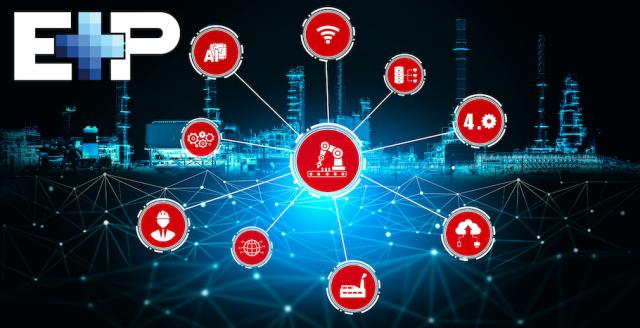
Presented by:

Editor's note: This "Tech Trends" section appears in the new E&P newsletter. This weekly section highlights the latest upstream technologies and services for the oil and gas industry. The copy herein is compiled from press releases and product announcements from service companies and does not reflect the opinions of Hart Energy. Submit your company’s updates related to new technology products and services to Ariana Hurtado at ahurtado@hartenergy.com. Subscribe to the E&P newsletter here.
Slashing water disposal capacity by 55% has serious ramifications for water management and oil production
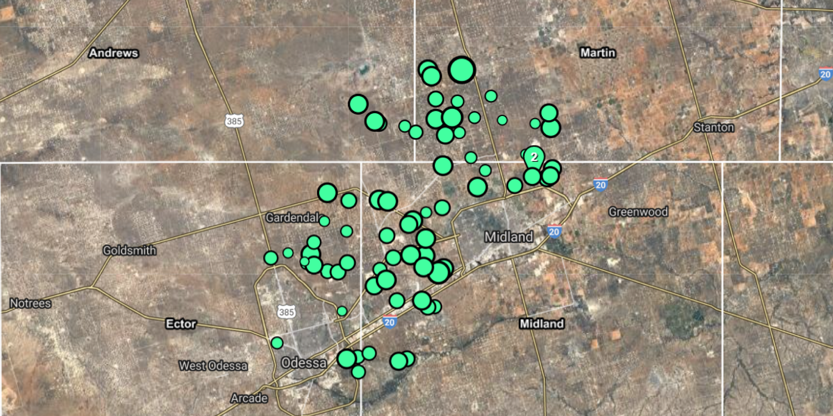
According to a letter received by 29 operators of 76 disposal wells in the Midland Basin, the Railroad Commission of Texas has requested that operators reduce daily injection volumes in those assets to 10,000 bbl/d. This reduction in volume accounts for more than 900,000 bbl/d, or 55% of permitted disposal capacity in the Midland Basin. Additionally, the letter states that operators must submit daily injection pressures and volumes on the 15th of every month, provide historical volume and pressure data going back to Nov. 1, 2019, and prevents already permitted wells not actively in service from beginning or resuming injection. Effectively eliminating more than half of the disposal capacity has the potential to hamstring oil and gas operations in the Midland Basin, as efficient water management is a fundamental requirement of drilling and completions schedules and consistent production. The core producing acreage of the Midland Basin was one of the few areas that had almost fully recovered from the downturns of the past 18 months, as stated in B3’s recent Market Intel Report, and this rule change may impede any further progress. The rule-making came after the Midland Basin began experiencing an increasing number of seismic events in late 2019, at least 36 of which have been over 3.0 M. B3 Insight is building the definitive source for water data. It empowers smart water management with data-driven intelligence for responsible and profitable decisions about water resources. Customers leverage B3's products and services to evaluate assets, enhance operational efficiencies, mitigate risk, allocate capital and benchmark performance while saving significant time, investment and resources. B3's data process gathers, cleans and relates millions of datapoints, transforming disparate information into the most widely used and trusted water data tools.
Enabling accurate methane emissions quantification and aid in efficient leak detection
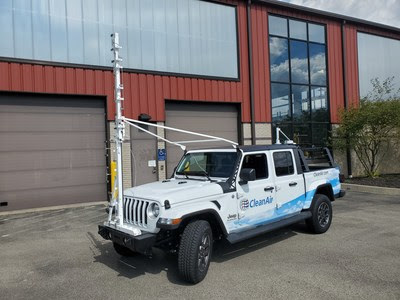
CleanAir Engineering Inc. and Picarro Inc. will combine Picarro’s technology with CleanAir’s services to provide upstream and midstream natural gas operators with mobile methane monitoring solutions. One focus area will be CleanAir’s deployment of Picarro-equipped vehicles to conduct methane surveys and quantify emissions in the Marcellus Shale region. With this information, clients will be able to better understand their emissions rates, take action to reduce them and meet ESG targets. CleanAir specializes in finding solutions to complex environmental and process measurement challenges. To address the need for reliable and sensitive detection of methane and quantification of related emissions for the oil and gas industry, it integrated Picarro’s advanced technology and analytics into its Mobile Methane Monitor, providing a service to help the industry evaluate and report their environmental performance.
Energy companies form offshore green hydrogen jackup rig production concept
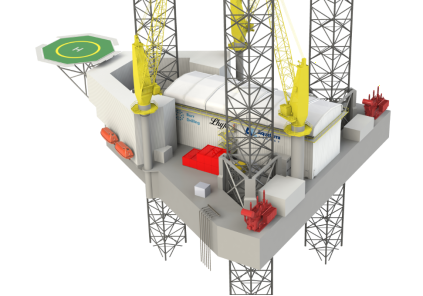
Lhyfe has partnered with Aquaterra Energy and Borr Drilling to develop an industrial scale offshore green hydrogen production concept through the deployment of an electrolyzer system on a converted jackup rig. Reliable winds far out in the North Sea are an exceptional renewable resource, yet remote locations create challenges around grid connectivity and intermittency of supply. The technology will solve this issue by providing an offtake for the electricity produced in the immediate vicinity of the wind farm and aims to use existing platforms, pipelines, terminal infrastructure and offshore equipment leveraging the existing infrastructure to reduce costs. With governments pushing net-zero initiatives forward, this concept offers an alternative deployment of existing assets that provides both a source of green hydrogen and enhances the commercial feasibility of remote offshore wind projects. While the concept is still in its early stages, the consortium welcomes any interested parties to submit inquiries.
Flameless technology converts harmful methane gas emissions to CO2 and water vapor
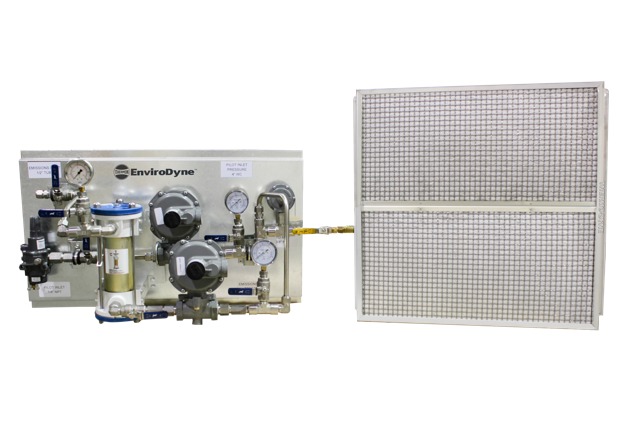
Thermon Group Holdings Inc. has released the Thermon EnviroDyne Methane Destruction Unit, which converts harmful methane gas emissions in water vapor and CO2 without using a flame. Because it operates without employing a flame, it operates safely in otherwise extremely hazardous locations where using a flame poses a serious risk of explosion. This technology consists of two modules: a converter and a gas train module that feature no moving parts. Following initial startup via electric power, it operates continuously when supplied with air and clean fuel. The system features an explosion-proof catalyst pad. Because the converter module consists of 300 series stainless-steel components, it is resistant to corrosion. It is suitable for use in hazardous locations and is CSA C/U.S.-certified to meet requirements for use in Class I, Division 1 and 2 hazardous locations, Temperature Code T2C in the U.S. and Canada.
Recommended Reading
The OGInterview: Petrie Partners a Big Deal Among Investment Banks
2024-02-01 - In this OGInterview, Hart Energy's Chris Mathews sat down with Petrie Partners—perhaps not the biggest or flashiest investment bank around, but after over two decades, the firm has been around the block more than most.
Petrie Partners: A Small Wonder
2024-02-01 - Petrie Partners may not be the biggest or flashiest investment bank on the block, but after over two decades, its executives have been around the block more than most.
From Restructuring to Reinvention, Weatherford Upbeat on Upcycle
2024-02-11 - Weatherford CEO Girish Saligram charts course for growth as the company looks to enter the third year of what appears to be a long upcycle.
JMR Services, A-Plus P&A to Merge Companies
2024-03-05 - The combined organization will operate under JMR Services and aims to become the largest pure-play plug and abandonment company in the nation.
New Fortress Energy Sells Two Power Plants to Puerto Rico
2024-03-18 - New Fortress Energy sold two power plants to the Puerto Rico Electric Power Authority to provide cleaner and lower cost energy to the island.

